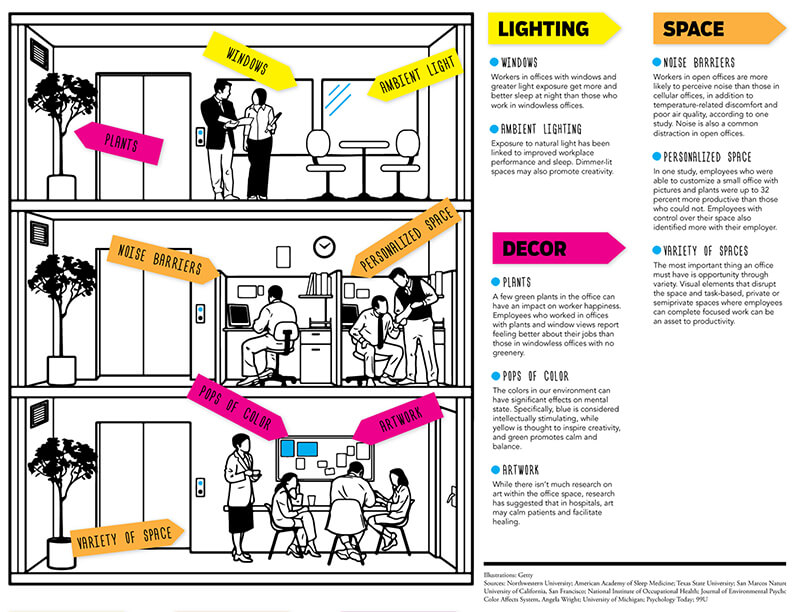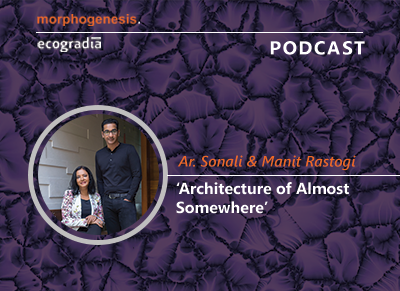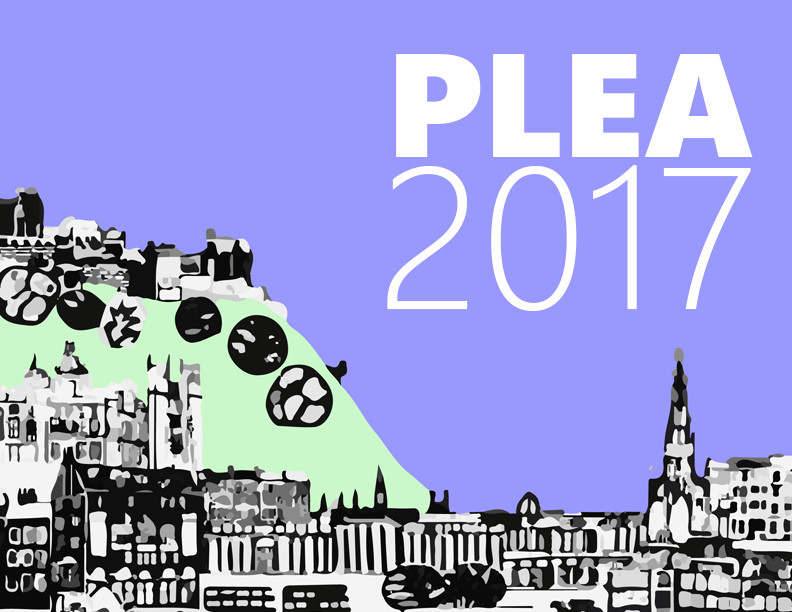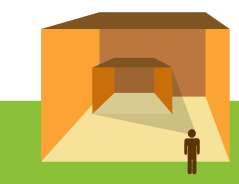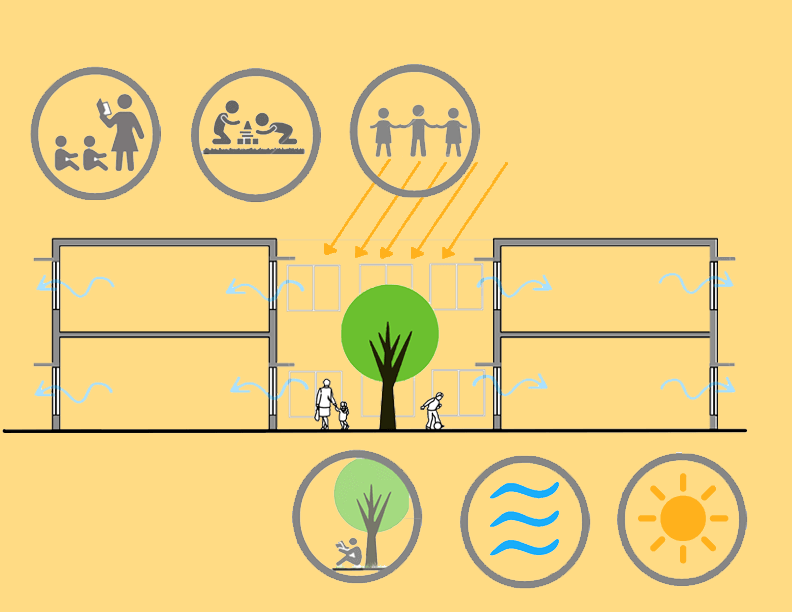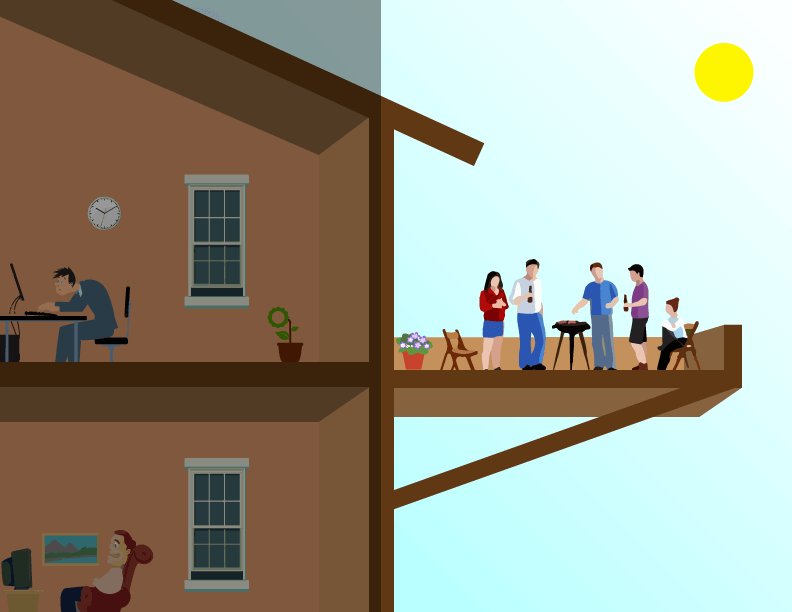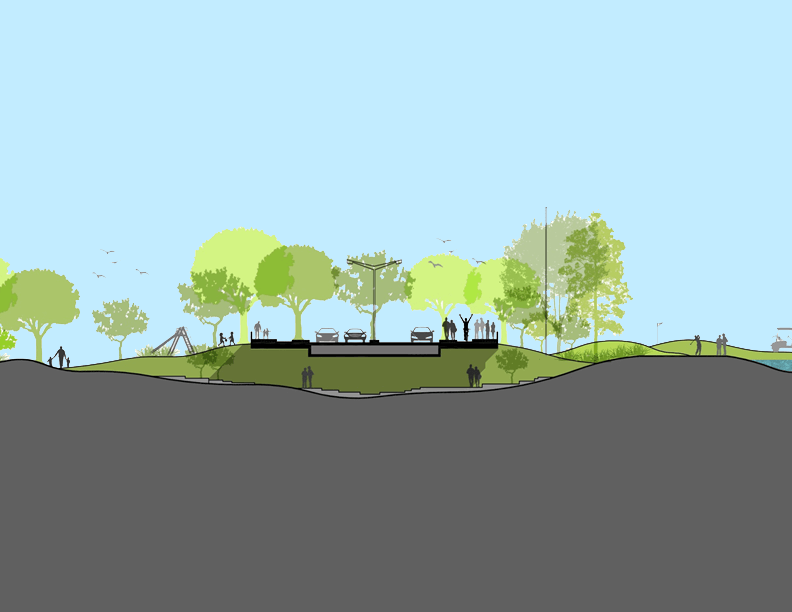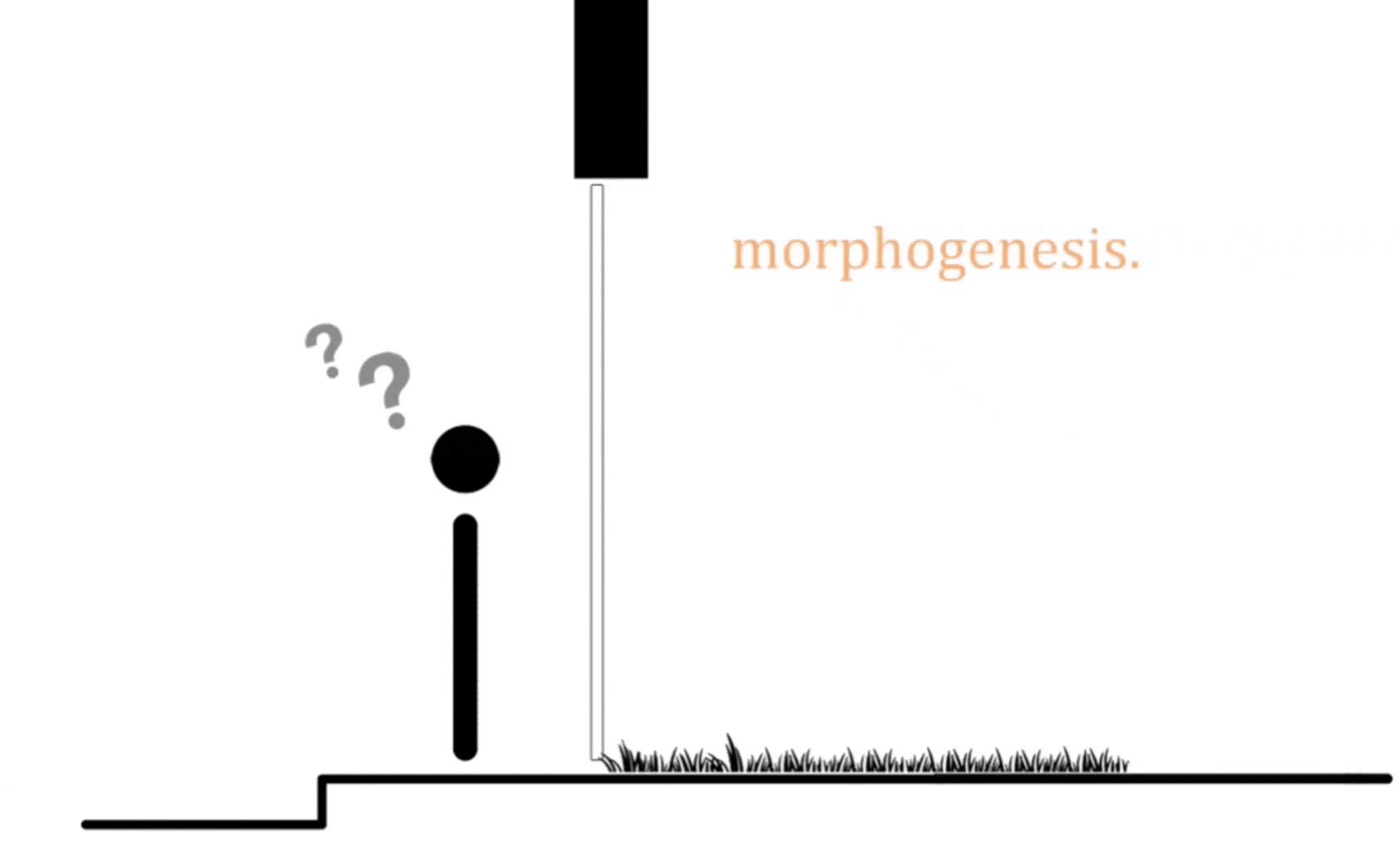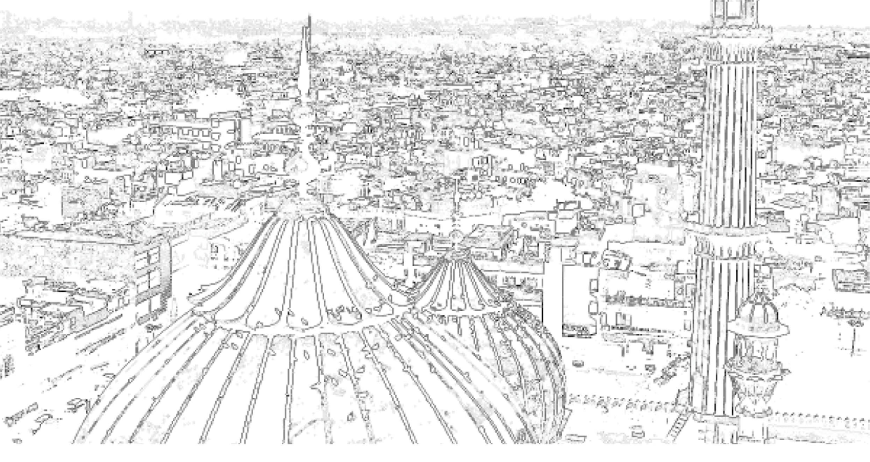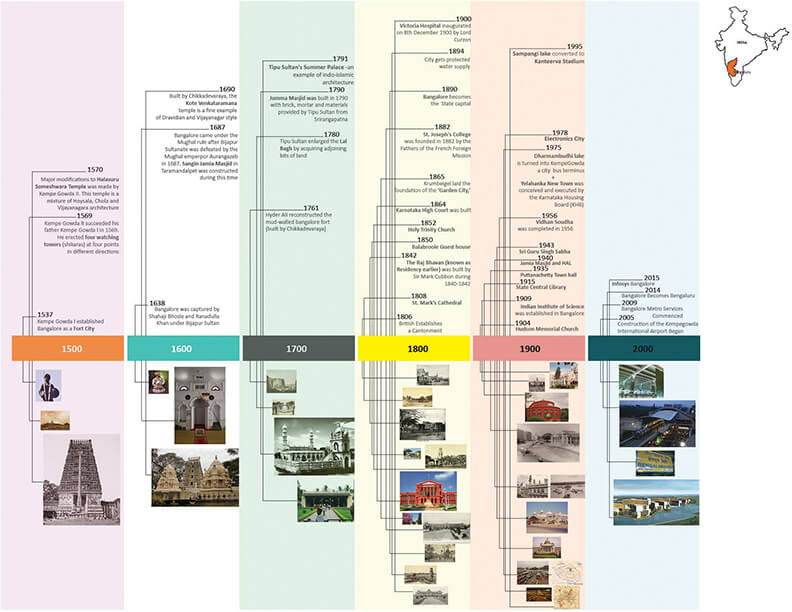Workplace design plays an integral role in maximizing the productivity of employees of any organization. Some argue that a workplace design that responds to the model of innovation and philosophy of the institution is the ultimate answer to leveraging the full potential of the employees. Others have proposed a more nuanced human-centric approach that uses human personality types and human well-being as the basic premises for designing the most effective workplace. While the latter focuses on the users and the former seem to be rooted in the organizational culture, the close-to-perfect solution to workplace design practices may ultimately be a hybrid of both of these approaches.
Susan Cain in an opinion piece, “The Rise of the New Groupthink,” written for the New York Times, argues that the focus on collaboration, teamwork and cooperation in today’s workplace has put so much emphasis on people working together, that the offices have ceased to address the needs of introverts- which comprise half of our society. She contends that workplaces operate on a set of work habits and principles that are most conducive to extroverts and, therefore, urges organizations to think it through the lens of personality types: introverts, extroverts and situational extroverts/introverts. To accentuate her point further, Cain quotes Steve Wozniak’s advice to aspiring inventors, “[m]ost inventors and engineers I’ve met are like me … they live in their heads. They’re almost like artists. In fact, the very best of them are artists. And artists work best alone…. I’m going to give you some advice that might be hard to take. That advice is: Work alone… Not on a committee. Not on a team.” In short, Cain views solitude as imperative to success and defines ideal workplaces as spaces that offer both casual group interactions as well as pockets of solitude when required.
The models based on the concept of “biophilia,” also use human as the basic principal for devising the most productive workplace. They differ from Cain’s approach in that the focus of these models is not the personality types but the well-being of humans. Biologist Stephen Boyden, in an article on the biological foundations of well-being, proposes a list of well-being needs that are intrinsic to a “human’s sense of fulfilment, quality of life, and psychological health.” A subset from the list stands out especially due to its relative relevance in creating a more holistic workplace design. The subset most relevant to workplace design includes, “social milieu, freedom for solitary and group working, opportunities to develop self-expression, an interesting visual scene, acceptable acoustic conditions, contrast and random changes for the sense to react to and opportunities to exercise or switch over from work to other stimulating activities.” The proponents of the “biophilia” models have looked to biology to find the answer to how design, productivity and well-being are linked and whether, if at all, these findings can be translated into the realm of designing for humans.
Opposing Susan Cain’s stance on the importance of solitude in productivity, a research paper published by Steelcase asserts that, “[t]he myth of the lone genius achieving one eureka after another in a closed room is a cartoonish, outdated cliché.” The research stresses that designing for model of innovation of an organization is the ultimate solution to designing the most effective workplace. Understanding the specific model of innovation of an institution is the key that first helps one translate those needs into a physical setting which- if designed well- ultimately allows that model of innovation to thrive. To illustrate this point, the research provides eight models of innovation along with types of spaces that work best for these models, and concludes that, “the right spaces make innovation work.”
Barbara T. Armstrong, a workplace design specialist, presents a viewpoint that seems to bring Cain and Steelcase’s arguments together in a collaborative model. While partially agreeing to the argument presented by Steelcase that, “workplace design can, and does, inspire innovation,” she ultimately claims that “[c]ulture trumps construction” and that “one can’t build one’s way to innovation prowess.” She also supports Cain’s claim of lack of accommodation for introverts in modern day workplace design and proposes solutions such as diverse workplace and offsite accommodation. Armstrong’s solution to workplace design is a physical setting that provides multitude of diverse spaces for different types of work and people, along with flexible options of working (onsite or offsite, flexible working hours etc.)
All of the above described design solutions are devoid of the larger context in which the organization is based. How does the culture that extends beyond the culture of the organization and habits that extend beyond introvert and extrovert personality types permeate in the workplace design? How can we accommodate the local culture and habits of the employees in the workplace design? Does the workplace model for Google’s Mountain View office works for Google’s office in Hyderabad- regardless of whether we follow Susan Cain or Steelcase’s suggestions? Unilever’s IT centre in Bangalore, Google’s Hyderabad office and Linkedln’s Office in Gurgaon have been recently quoted as examples of radical workplace design in India. While Unilever’s IT centre in Bangalore tackles the hierarchy by eliminating special cabins for the top executives, Google’s Hyderabad office incorporates local visual elements such as a houseboat, cycle rickshaw, and Ambassador car as informal spaces to make its employees feel home. While these attempts of breaking traditional hierarchy, and incorporating both global and local culture in the workplace, are commendable but are they enough? To change the habits deeply engrained in a culture, especially like India, sometimes require an approach that is much more aggressive than mere adaptation of visual vocabulary from the surroundings yet more subtle than radically breaking down the hierarchy at once. The question then is, whether we trust a model of workplace design- regardless of whether it’s built on innovation or personality type- to override the habits stemming from the local culture or alter the models of workplace design according to their cultural context?
Infographics Courtesy: The Huffington Post

